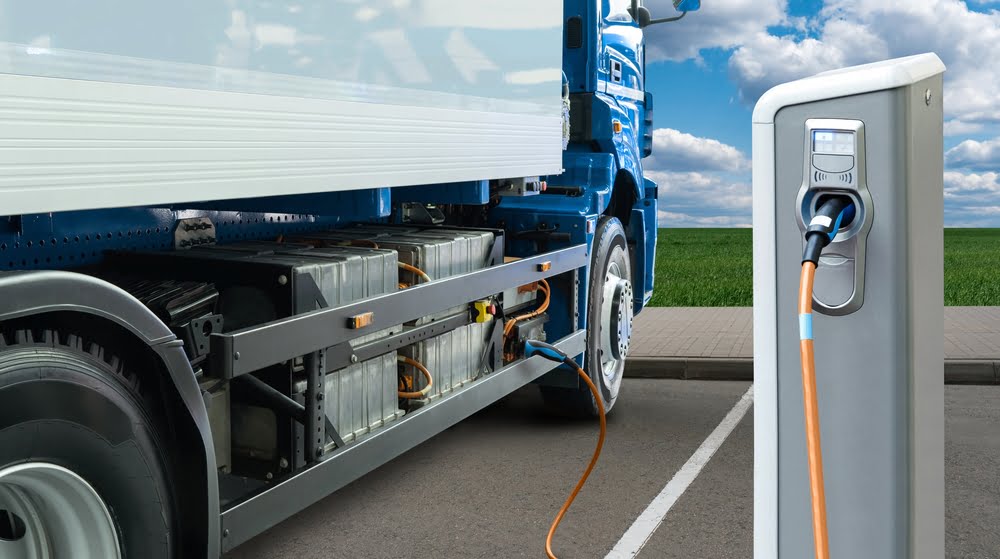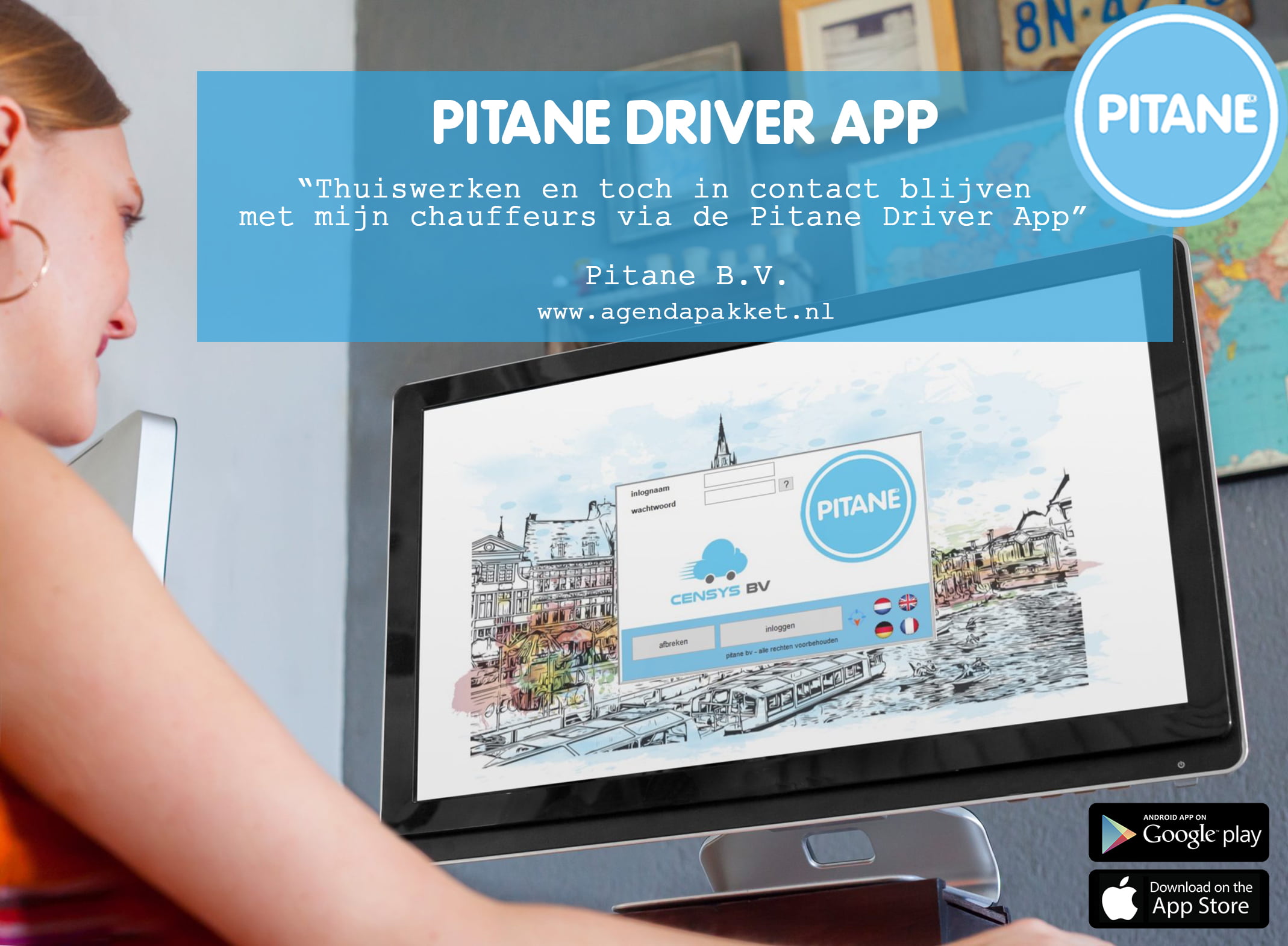The subsidy scheme will run until early 2027.
“We all benefit from clean freight traffic. For the climate, our clean air, and also for the competitiveness of the logistics sector in our country. Electric trucks are a lot more expensive than diesel trucks. That is why we give financial support to entrepreneurs who switch. I hope that the electric truck will soon be just as normal on the road as the electric passenger car.”
Secretary of State Heijnen
The amount of the subsidy depends on the type of truck and the size of the company. Large companies can be reimbursed up to 40% of the additional costs compared to a diesel truck in total (subsidy and tax advantage). Heijnen wants to accommodate SMEs a little extra. For the smallest companies, with fewer than 10 employees, this rises to 60%. This concerns the additional costs upon purchase, which are higher for electric trucks than for diesel trucks. Electric trucks are cheaper to use and maintain.
The subsidy scheme runs until the beginning of 2027. The pot is currently filled with a total of more than 40 million euros, which will be available until 2024. Of which 13,5 million this year. The cabinet is currently working on the design of the budget after 2024, in line with the wishes of the House of Representatives and the sector.

The Netherlands is a real transport country. That creates jobs and brings in money. And increasingly green, more and more companies are making the move to zero-emission vehicles to transport goods from one place to another. This is important, because heavy transport is a major source of air pollution. Heavy traffic accounts for more than a third of CO2 emissions and 70% of nitrogen emissions from road traffic worldwide. And produces many harmful gases that people inhale directly, such as particulate matter.
The cabinet wants all road traffic to drive without emissions by 2050. We are in the middle of the transition. Electric driving is becoming increasingly attractive for private individuals, entrepreneurs with a delivery van, bus companies and now also transport companies. The costs per kilometer are decreasing further and further, and a subsidy for purchase lowers the threshold for investing in a clean alternative. In order to ensure that the electric cars can also drive without any problems anywhere in our country, governments are working hard together with the network operators to ensure that there are enough charging stations and hydrogen filling stations.
Also read: Volvo market leader heavier electric trucks



